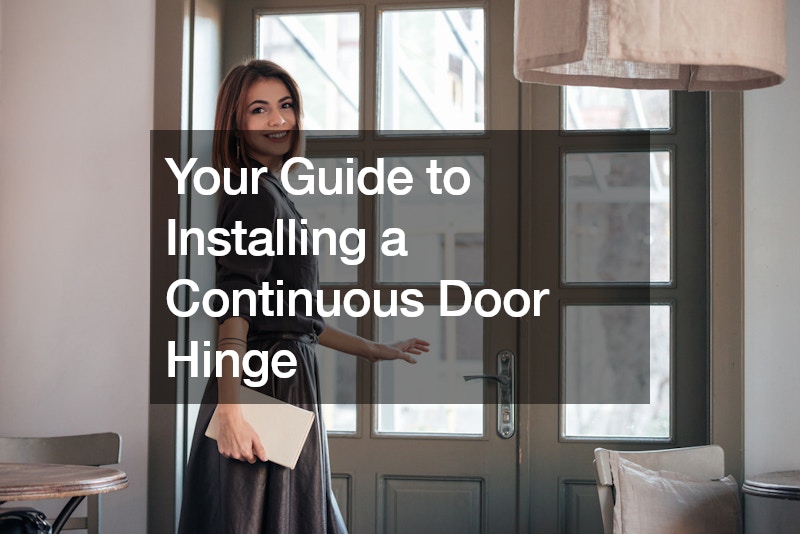

Ins Talling a continuous door hinge, also known as a piano hinge, requires attention to detail and precision to ensure proper alignment and functionality. Begin by selecting a high-quality continuous hinge that matches the dimensions and weight requirements of your door. Measure the length of the door and trim the hinge to fit using a hacksaw if necessary.
Next, position the continuous hinge along the edge of the door and frame, ensuring that it is centered and flush with the surfaces. Use a pencil to mark the locations of the screw holes on both the door and frame, following the pre-drilled holes in the hinge as a guide.
Carefully drill pilot holes at each marked location to prevent splitting the wood and facilitate easier screw insertion. Use screws provided with the continuous hinge or appropriate screws for the material of the door and frame to secure the hinge in place.
Once the continuous hinge is securely attached, test the door to ensure smooth operation and proper alignment. Make any necessary adjustments to the hinge positioning or screw tightness to achieve optimal performance.
Finally, apply lubricant to the hinge pins to reduce friction and prolong the lifespan of the continuous hinge. Regular maintenance and periodic inspections will help ensure continued smooth operation and prevent issues such as binding or misalignment.
By following these steps and exercising care during installation, you can successfully install a continuous door hinge and enjoy the benefits of improved door functionality and durability.



